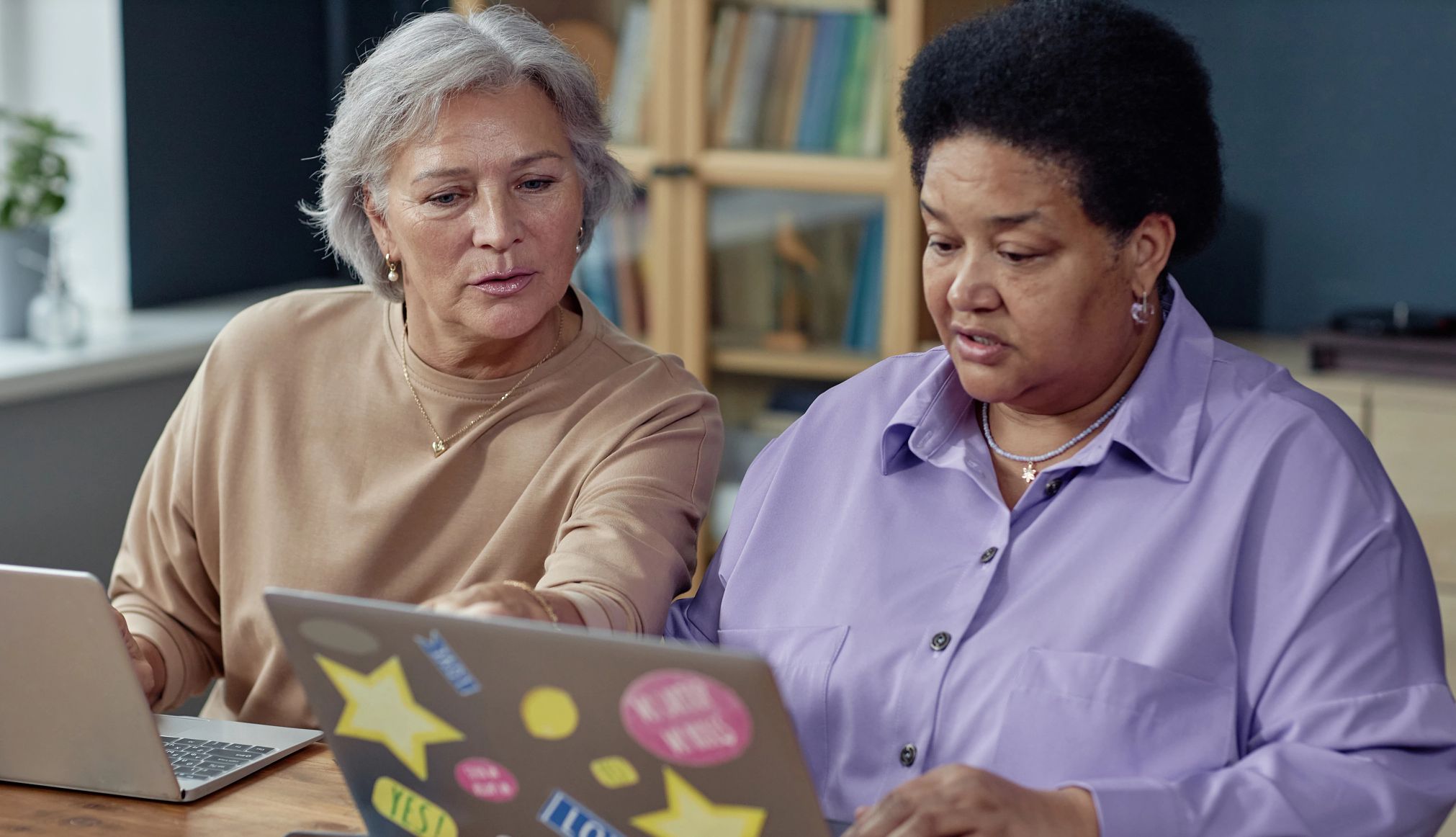AARP Hearing Center


In the coming months, millions of dollars in federal funding will be flowing to states to help them improve internet access in underserved areas and increase digital literacy skills to close the digital divide.
AARP state offices around the country are playing a crucial role in ensuring much of that funding goes to programs that help older adults take advantage of today’s technology.
Nevada last month became the first state to receive federal funding through the State Digital Equity Capacity Grant Program, which is awarding more than $800 million this year to help states and territories identify and address gaps in internet access and overcome barriers to reliable and affordable connectivity. Funding is expected to be awarded to additional states and territories by the end of this year.
The grants, which were championed by AARP, were included as part of the federal bipartisan infrastructure law passed in 2021. They come as states and territories are getting a combined $42.5 billion from the federal government to build out and upgrade infrastructure for high-speed internet in underserved areas.
Learn How AARP is Fighting for You
AARP is your fierce defender on the issues that matter to people 50-plus. Read more about how we’re fighting for you every day in Congress and across the country.
States are also applying for a share of an additional $1.25 billion in competitive grants from the federal government to continue implementing digital equity initiatives.
The grants aim to ensure that older adults and others “have the digital skills and the devices that they need to put the internet to work for them,” once broadband infrastructure is in place, said Tim Morstad, an AARP government affairs director.































































More From AARP
AARP Invests $3.8 Million to Improve Communities
2024 Community Challenge grants fund small projects with big impactAffordable Connectivity Program Subsidy Money Runs Out
People 50 and older head 45% of households taking partBroadband Labels Simplify Shopping for Internet Plans
Consumers can compare and decode features, pricesRecommended for You